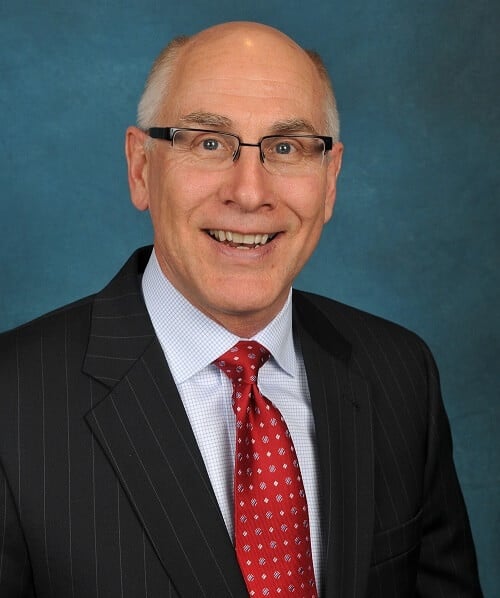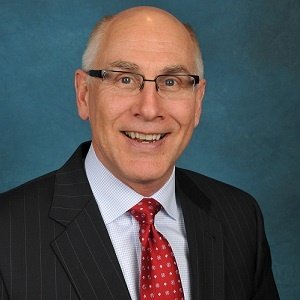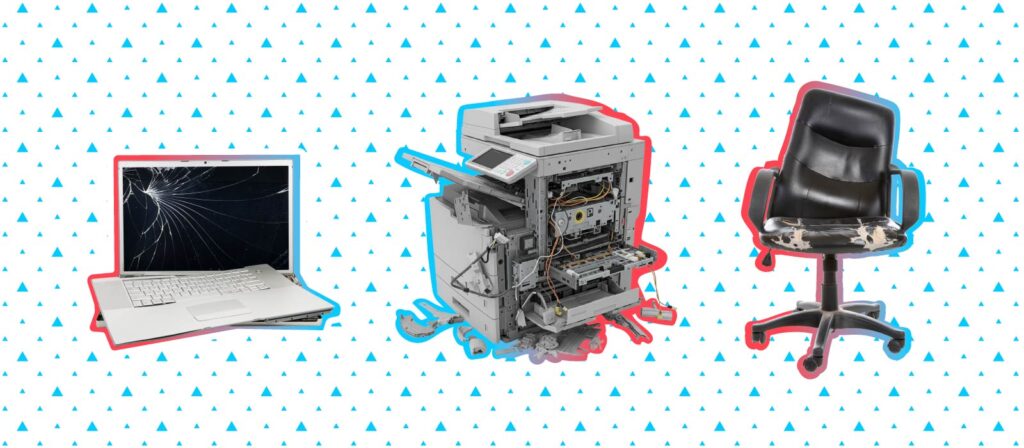David Love, Vice President, Facility Management and Workplace Solutions for Sodexo breaks down the evolution of energy efficiency and how to build a successful strategy for FMs.
Understanding how to manage energy in the workplace is an area many organizations still struggle with today. Energy output can have a significant impact that reaches beyond corporate sustainability and environmental awareness.
That’s where someone like David Love, Vice President, Facility Management and Workplace Solutions for Sodexo, steps in. With over 30 years of industry experience, David has not only helped a wide range of organizations reach their energy efficiency goals — but he’s also won them awards for their work in the space on many occasions. He tell us about his experiences in the FM industry and how he’s carved a name for himself as a trusted energy efficiency expert.
Could you start off by telling us a little about your professional background and how you initially began your career in FM?
Love: I started a long time ago with a building control systems manufacturer called Barber-Colman, which is part of Schneider Electric today. I was a sales engineer then a branch manager learning building automation control, energy management and HVAC services.
I later went to Johnson Controls doing some of the same things at more of a management level: sales leadership, selling building automation systems for new constructions, energy retrofits, performance contracting, operation and maintenance contracting. Then I moved into more senior management and global account management selling our systems and technology to clients on a global basis. I spent about 22 years with them.
In 2009, I went to Sodexo to start up their North America IFM business. They had some success, but didn’t have the infrastructure in place for sales and marketing to really grow the business, which is what Sodexo wanted to do in North America and globally. That is still the Sodexo philosophy today: to take our global business and put about 40 percent of it in the IFM sector and about 60 percent in the food and hospitality sector. That’s the mix and growth trajectory that we’re on today.

How do you think Sodexo differs from other organizations in the FM space and what do you think it is about the organization that helps create great workplaces?
Love: I think part of it is that we’re a French-based organization so there’s a little bit of European culture that gets spread over here into the U.S. and other regions around the world. The French culture tends to be more hospitality-centric and very open. Being that Sodexo started out in the hospitality sector, that mindset, customer basing and user approach really helps us focus on the total outcome of the services we’re delivering.
I think it’s the attitude and culture that we have. We’re a very diverse and inclusive organization so we bring in multiple cultures and nationalities of people that are integrated into our work teams, whether they’re in North America, Asia or Europe. Research has shown that companies with a high level of diversity inclusion tend to also be very successful and innovative as well as client and employee-centric.

You have a lot of experience building energy efficiency strategies for clients and have won them awards for success in that area. What do you attribute that success too?
Love: It started back when the energy efficiency industry got underway in the late ‘80s and early ‘90s. Oil prices went sky-high and that took electricity, natural gas and coal high as well.
I started on the ground floor, primarily with Johnson Controls, that’s where we sold most of the energy efficiency deals — particularly in the public sector at that point in time. Non-profit organizations, such as schools, were looking to save money from an energy perspective and improve their infrastructure. Performance contracting was that financial and contractual tool that enabled a technology approach to happen because we provided the funding over a multi-year deal where the energy paid for the debt.
The energy efficiency business is more mature today and has evolved more into the broader term of sustainability with water, waste, reuse and things like that. You have to be more innovative because of a lot of the low-hanging fruit isn’t there today. It takes different skill-sets, contractual and financial models and technology to finetune things versus dramatic impact. I think most of the strategies with dramatic impact are few and far between today, but there are a lot of small things that you can hold together now to make a decent ROI, reduce greenhouse gases and improve corporate sustainability. It’s migrated to a more sophisticated approach, but it’s all been enabled by technology, a broader understanding of clients and better training and knowledge from the service provider.

What are some of the fundamentals when it comes to building a successful energy efficiency strategy for clients seeking out FM services?
Love: We have to have a full scope of services so that we touch on all aspects of the client’s portfolio because a lot of energy efficiency is driven at the operational level, the day-to-day and continued finetuneing.
We gather all the energy data at the portfolio and site level and apply different strategies as far as traditional energy efficiency, operating time, newer technology, small investments, capital investments as far as affecting the supply of energy whether it’s going out for bids in a third-party market in states that are deregulated as well as monitoring their utility bills. Looking at other aspects of utility like water, sewer, waste — taking waste and putting it into the value stream to be recycled and repurposed to avoid landfill costs, for example.
It’s a whole broad spectrum that you really have to look at. From an IFM perspective, if we’re going to be responsible and really make an impact, you have be able to have your hands around all the services and provide that impact to the overall energy usage and ultimately that affects the budget for energy.
What are some of the biggest challenges in getting an organization to sign off on an energy efficiency strategy and what are some things they might not realize about the process?
Love: A lot of times energy falls within a different group outside of facilities. We’re on the facilities side of it so we try to get alignment with the real estate group because they’re affected by how the buildings are occupied. Space utilization is a big aspect of it, so we try to help provide guidance to optimize the space. If you can reduce the number of floors that are occupied, that can cut a whole building off the energy grid and shift it somewhere else.
You also have to align with the ongoing facilities side of it, the day-to-day operations. You can also align with the capital strategic planning of it, because we have to get capital to impact some of the assets to bring in new technology when the current assets are beyond their usable life or causing inefficiency issues. Lastly, you need alignment with the procurement team or corporate sustainability team, depending on whatever the client has in their organization. You need to get alignment across the client’s organization for all aspects that touch energy, there are a lot of things we can recommend, influence and change but you really need a collaborative and organizational approach to be able to really impact it from end-to-end versus simply taking vertical slices from the energy budget.

With respect to energy efficiency in the workplace, how do you think the workplace will change as a result of increased awareness and understanding of this area?
Love: I think there’s a big impact on Millenials and the generations following them on the environment, work-life balance, things like that. They also operate way differently than Baby Boomers and Gen Xers with technology.
There are going to be opportunities for individual space control, people can work from anywhere with hotelling and things like that, there’s so much flexibility employers can build into the journey of an employee during the work day that makes them more efficient and allows them to focus on their work versus disruptions that may take place in a traditional workplace. If it is an open workplace, you get that collaboration whether it’s collaboration on technology or collaboration in an office area. Day-to-day reservations of workspaces also make it possible for your team to move from one area to the other.
There are so many different options that are being physically designed and so many other services to make employee’s lives easier and makes them feel like they’re contributing to energy efficiency, sustainability and community.
Follow David on LinkedIn and find out more about how Sodexo can help your organization with its FM needs on their website.
Do you think energy efficiency can have a significant impact on an organization’s day-to-day operations? Join the conversation and leave us a comment below.
Photos: Scott Webb, Rawpixel, Lukas, Štefan Štefančík





